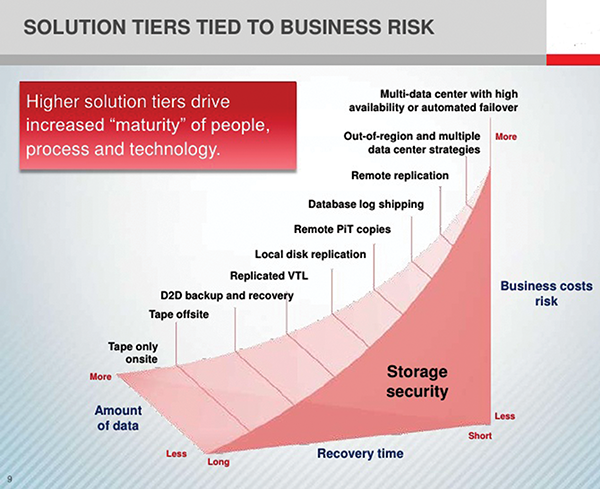
The August flood in Mumbai was a wake-up call for many categories of people- ecologists, politicians, business persons, etc. It is now clearly visible, how in the wake of natural disasters, business and the economy are affected adversely. The importance for insuring businesses has become a necessity. These insurances range from those covering market instability to man-made and natural disasters.
The Mumbai floods caused a massive overall economic destruction to the city and its individuals. The Economic Times reported over 500 crores in claims asked by insurers. Small shops and stalls were devastated, personal vehicles, important roads and infrastructure were damaged. In the 2015 floods in Chennai, the rating agency, SMERA, estimated small industries and businesses losing Rs.840 crores every week. In an age of meta data storage and transaction, the loss to IT infra due to disaster can be calamitous. The question arises - is business always subject to such heavy losses during natural disasters?
The big problem
In 2015, the United Nations came up with their global assessment report on disaster risk, revealing that India loses up to $9.8 billion per year due to natural disasters of which $7 billion is due to floods alone. Financial institutions now are inseparable from information technology. The springing of online services like banking, shopping, enrolment etc. has also made businesses more vulnerable to accidents and disasters. Business Continuity Plans (BCP) is like a cushion to those unexpected disasters, especially the ones that could break down information services.
To have a sound BCP, every business must adhere to some guidelines which prepare the company for both short term and long term effects. BCP covers not only risk management, but also recovery plans in case information is lost. In spite of the increasing relevance of this concept and service, surprisingly much less work has been done in this field. When there is a threat to the overall infrastructure of the business, there is a danger of a supply chain disruption. Zsidisin, Melnyk and Ragatz found in there research that there are four tasks which are involved in BCP: creating awareness, preventing supply discontinuity, remediating task occurrence, and fostering knowledge management. Unfortunately, many smaller businesses fail at the very first level, with little or no knowledge of how to assess or prepare for risks. An important aspect of this is the level of fostering knowledge management.
At this point, it is important to distinguish between BCP and insuring businesses. Insurance is able to pay for the monetary and material losses of the infrastructure of your business perhaps, but it will not be able to compensate for the loss in market share and the trust and loyalty of customers. In many cases, insurance companies require a BCP before they cover businesses. BCP, as opposed to insurance, works to restore and recover the material and informational goods and also the good name and reputation of the company after disaster has struck.
Perhaps BCP’s biggest gap lies in the general lack of employee awareness in this regard. Talking about the issue, an employee from the Life Insurance Corporation who wished to remain anonymous, told BE, that the IT department which supplies its services to branches across the country is the one which deals with disruptions in information flows. “The software development centre (SDCs) is responsible and if at any time there is a problem regarding the software, we immediately contact the IT department and it is fixed.” While this solution can be done in minor emergencies, little has been done with regards to BCP.
Somnath Gupta, senior manager of the Dunlop Branch of Dena Bank, informed BE, “No planning of this sort takes place at the branch level, everything is centralised. Even when a computer crashes, the repair must be initiated at the central level and not the branch.”
Perhaps this incessant centralising tendency of firms and businesses is what is harmful to an integrated BCP.
Why now?
It appears to be the most crucial time for businesses to seriously consider a decentralised and specialised business continuity planning and management. Recently, Hurricane Maria hit several Caribbean islands, including the populous Puerto Rico. Electricity and cell phone services have been down ever since the hurricane hit. It is now being estimated that Puerto Rico could be without power for several months. In an almost parallel scenario, Mexico experienced a severe earthquake which brought down several big buildings and raised a death toll of over 230 people.
The worst hit section in the market would be the small businesses who cannot afford to hire agencies to make business continuity plans or disaster management. Kabbage reports that only 30% of small businesses have BCP, according to a UK based cloud provider Databarracks. While its relevance may not have been visible clearly in the past, a string of natural disasters all over the globe has clearly stressed the importance of BCP now.
Add new comment